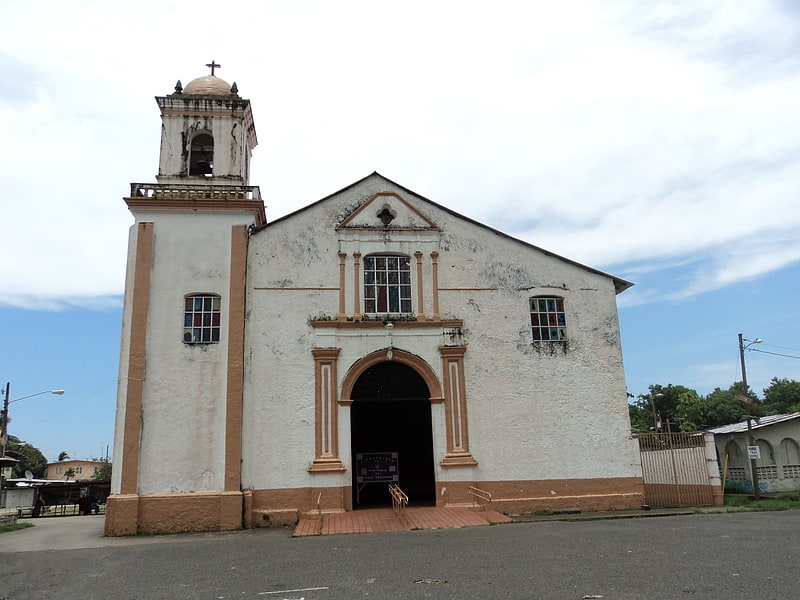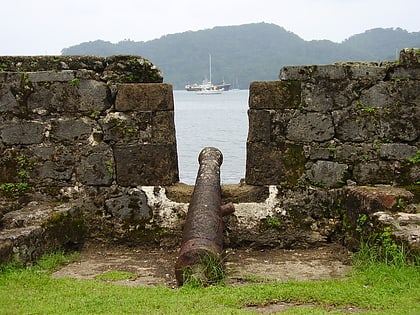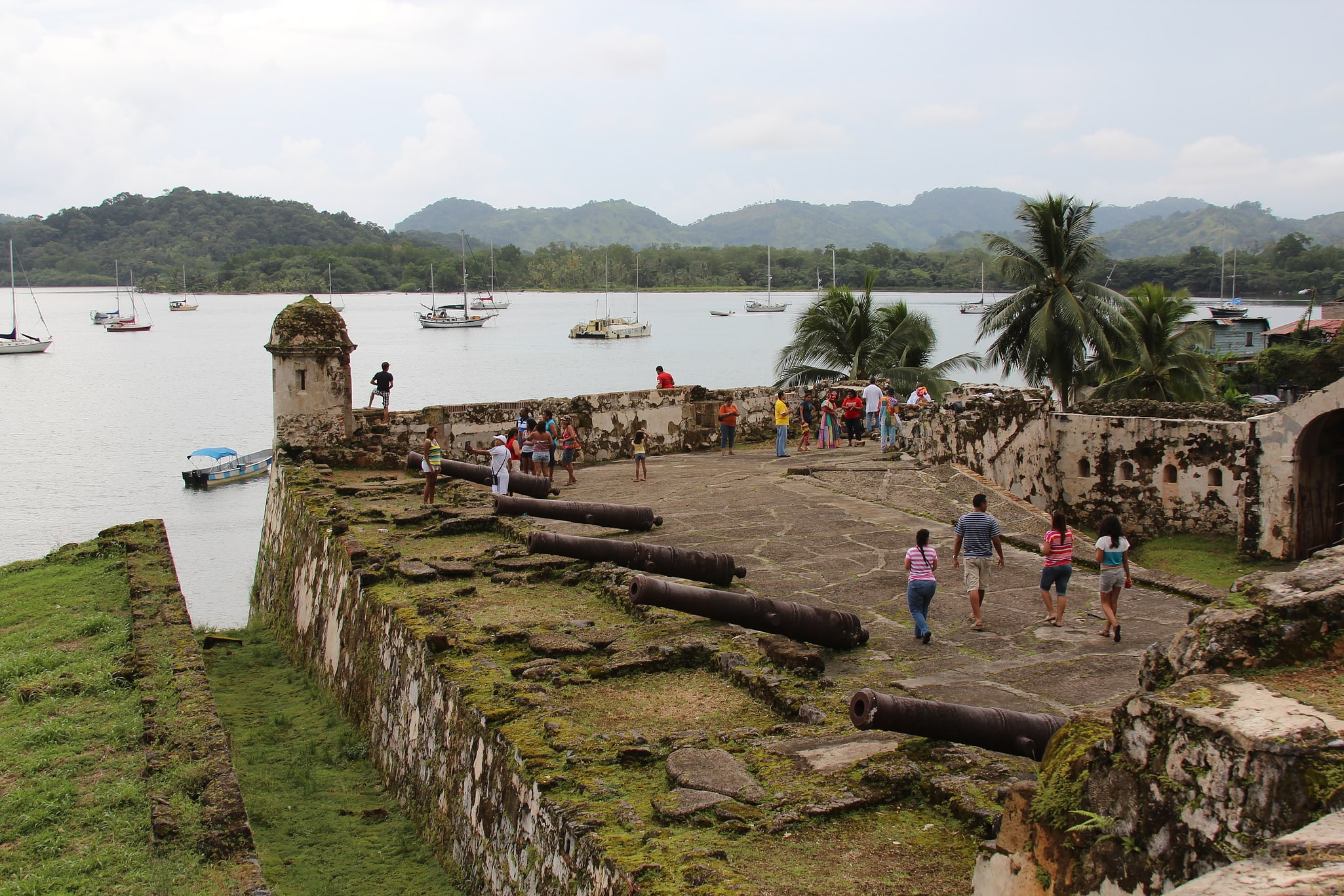
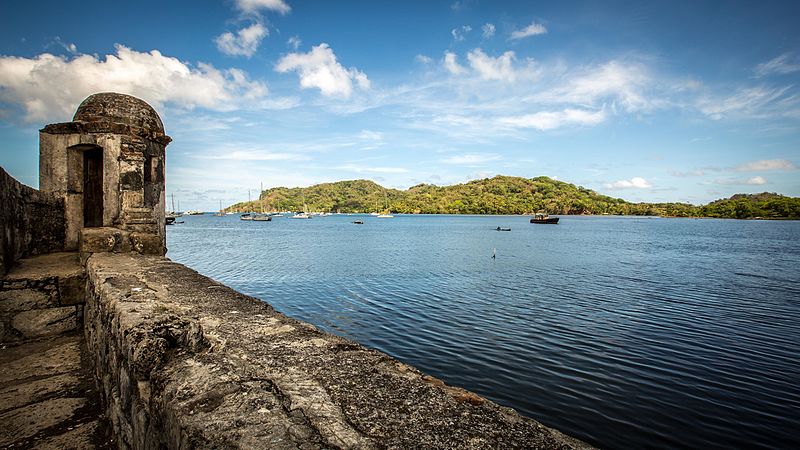
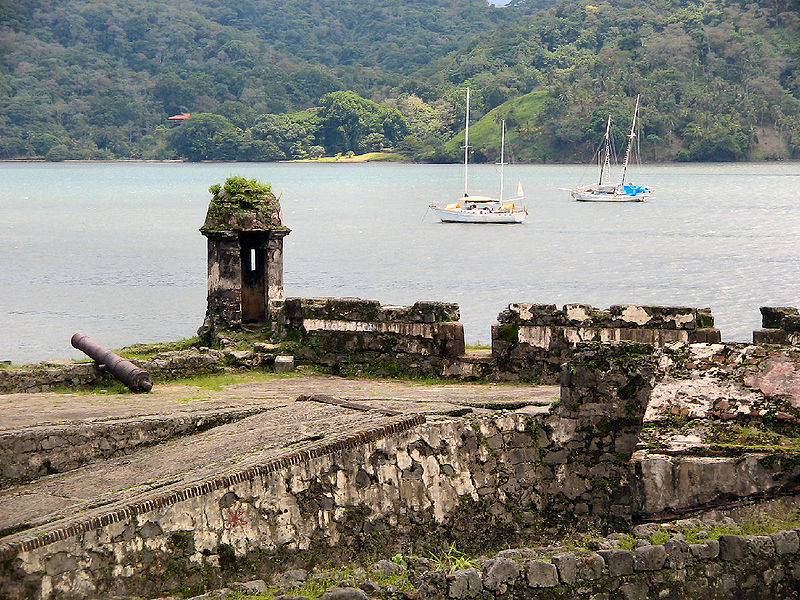
Portobelo Travel Guide
Facts and practical information
Nestled on the Caribbean coast of Panama, Portobelo is a gateway to the country's rich history and vibrant culture. Located in the Province of Colón, this quaint town is a treasure trove for those seeking to explore the remnants of Spanish colonial power and the enduring influence of African heritage in the Americas.
Portobelo's heart is its historic fortifications, a UNESCO World Heritage Site that stands as a testament to the town's significance during the Spanish colonial period. The ruins of the forts, including San Jerónimo and Santiago de la Gloria, offer a window into the past, where cannons still point out to sea, guarding the once-bustling port against pirates and invaders.
The town's name, meaning "beautiful port," was given by Christopher Columbus on his fourth voyage, and Portobelo grew to become one of the most important silver-exporting towns in the New World. Its famed customs house, Casa de la Aduana, where the precious metal was stored, now serves as a museum, providing visitors with a glimpse into the trade that shaped the region's economy and history.
Portobelo is also home to the Iglesia de San Felipe, housing the venerated Black Christ statue, which is the focal point of an annual festival held on October 21. This event draws pilgrims from across Panama and beyond, who come to pay homage with a mix of religious fervor and festive celebration, reflecting the town's syncretic cultural blend.
Beyond history, Portobelo's natural beauty is captivating. Surrounded by lush rainforests and protected bays, it is a paradise for nature lovers and adventure seekers. The clear waters of the Caribbean Sea provide excellent opportunities for diving and snorkeling, with vibrant coral reefs and an abundance of marine life.
For a taste of local culture, visitors can explore the town's Afro-Panamanian heritage, particularly the Congo culture, which is celebrated through music, dance, and oral traditions. This unique cultural expression, recognized by UNESCO as Intangible Cultural Heritage, is a powerful reminder of the resilience and creativity of the African descendants who shaped Portobelo's identity.
Portobelo's cuisine further reflects its cultural mosaic, with seafood being a staple. Dishes like ceviche, made from fresh local catch, and coconut-infused rice with beans offer a delicious insight into the town's gastronomic delights.
Colón
Portobelo Attractions - What to See and Explore
Portobelo offers many attractions and places to visit. Here are the most important ones: Iglesia de San Felipe, Fortifications on the Caribbean Side of Panama: Portobelo-San Lorenzo. Below you will find a complete list of places worth visiting.
Best Time To Visit Portobelo
Learn when is the best time to travel to Portobelo weather-wise and what to expect in each season.
